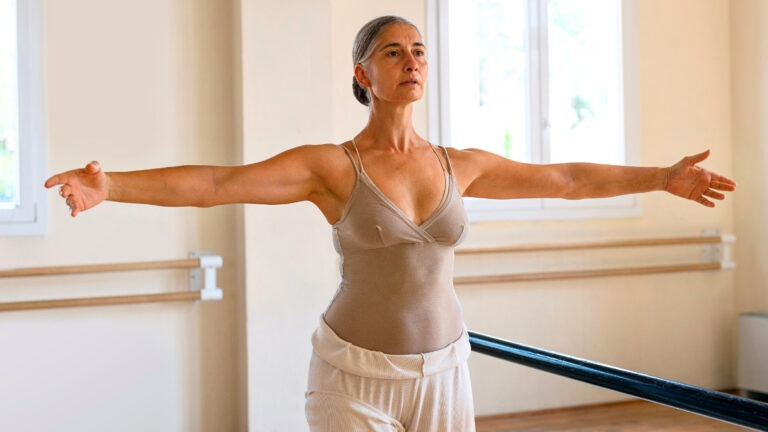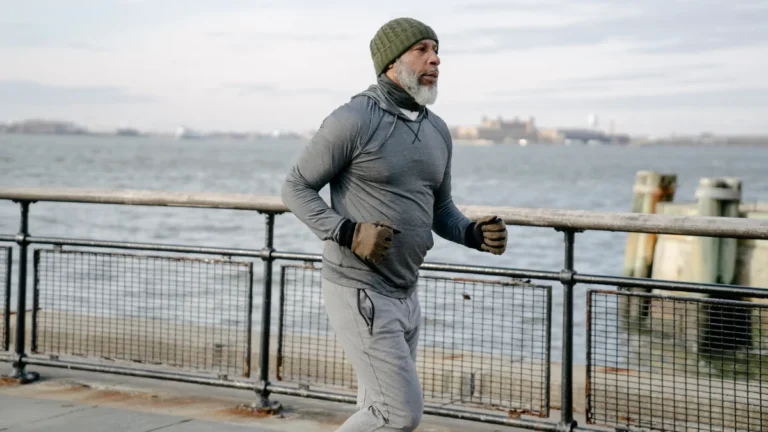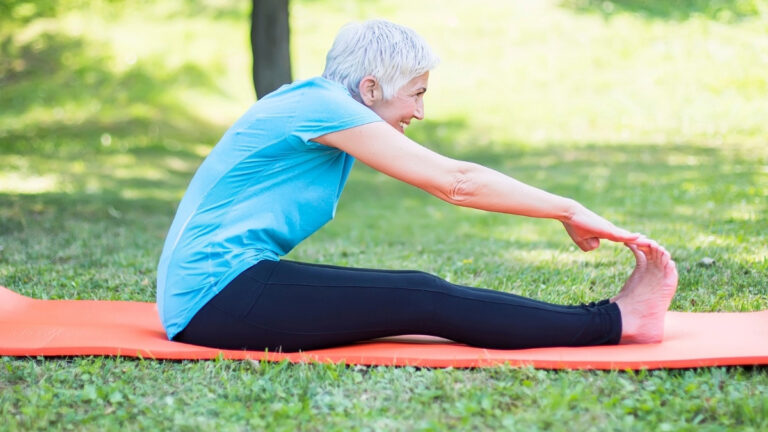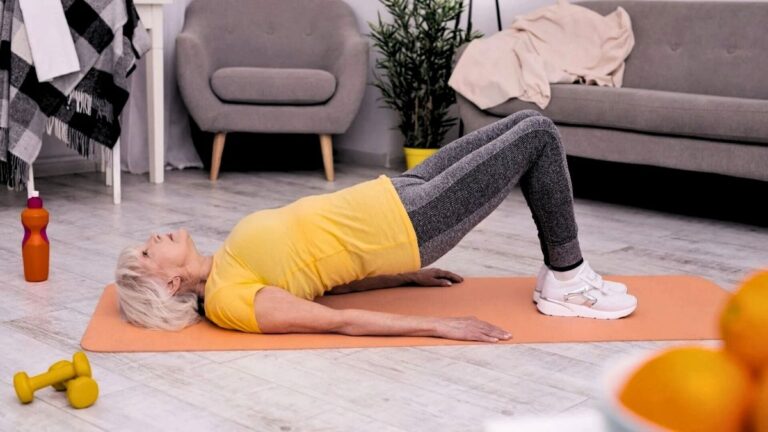10-Minute ‘Anti-Aging’ Stretch Routine Science Says You NEED After 50
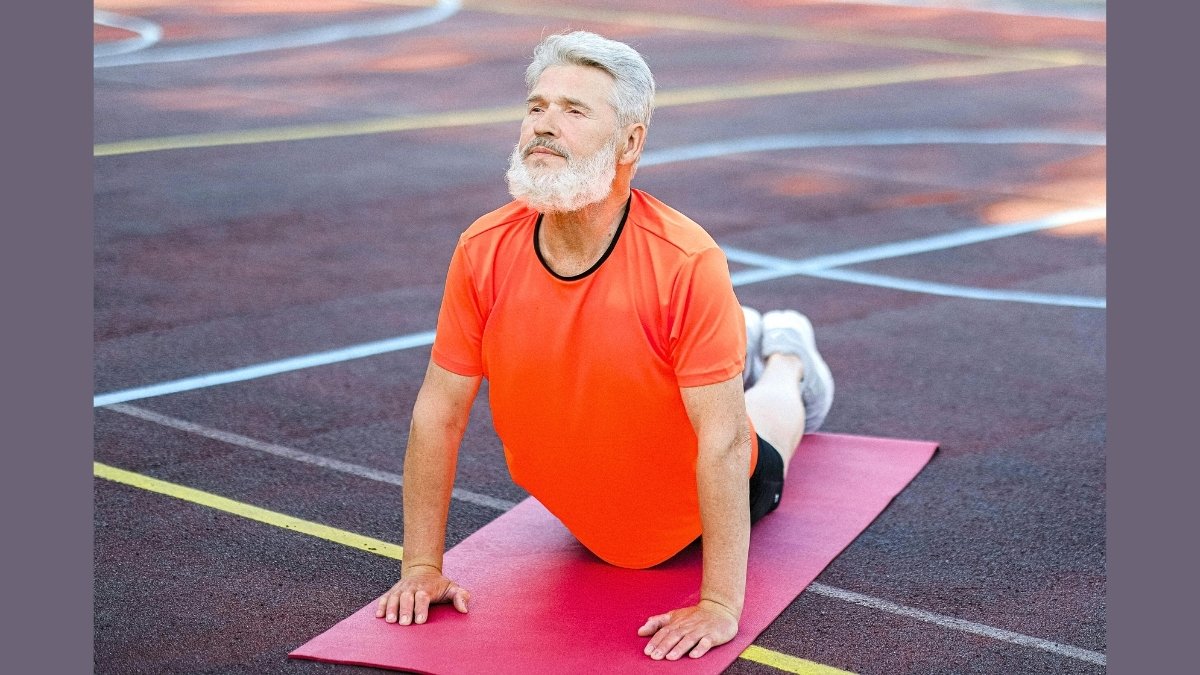
After 50, your body starts working against you. Muscles stiffen, joints ache, and simple movements feel harder. That morning stiffness isn’t just annoying—it’s your body aging faster than it should.
Research shows shrinking flexibility leads to poor posture, chronic pain, and even a higher risk of falls. Ignoring it means surrendering to stiffness, limited mobility, and feeling older than you are.
Science says just 10 minutes of targeted stretching daily can turn back the clock. This isn’t about complicated yoga poses—it’s simple moves that rebuild flexibility, ease joint strain, and boost circulation.
Studies prove consistent stretching reduces inflammation, keeps muscles supple, and even helps you stand taller. Want to move easier, look fresher, and feel stronger? This routine is your shortcut. Let’s get those years back—one stretch at a time.
Why Stretching Becomes a Non-Negotiable After 50 (The Science of Muscle & Fascia Stiffness)
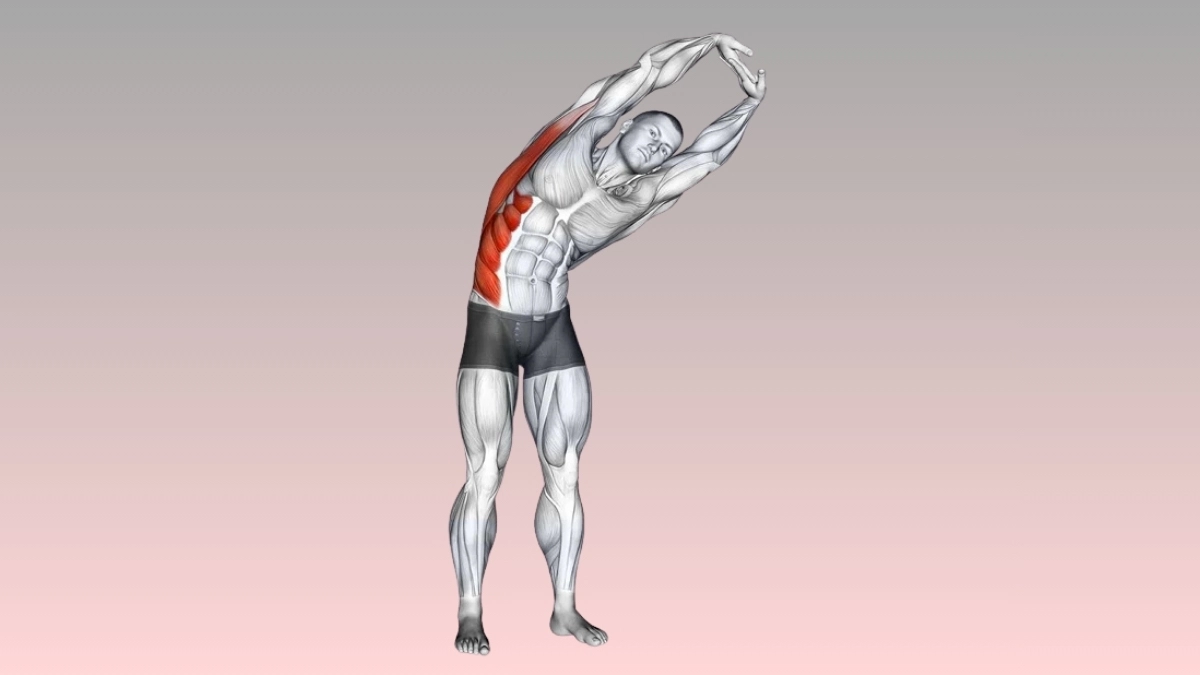
As we age, muscles and connective tissues lose elasticity, becoming tighter and less flexible. Collagen production slows, and fascia—the web-like tissue surrounding muscles—thickens, leading to stiffness.
Without movement, these changes restrict mobility and increase injury risk. Stretching counteracts this by stimulating blood flow, breaking down adhesions, and maintaining range of motion.
Research shows even brief daily stretching improves joint lubrication and delays age-related muscle decline. Ignoring flexibility after 50 accelerates wear on joints and spine, making simple movements harder over time.
How to perform: Stand tall, reach arms overhead, then slowly bend sideways, holding for 15 seconds per side.
Tips:
- Consistency matters more than intensity—short daily sessions work best.
- Warm up with light movement first to avoid straining cold muscles.
- Focus on smooth, controlled motions rather than forcing deep stretches.
The ‘Longevity Stretch’ – How Flexibility Impacts Cellular Aging
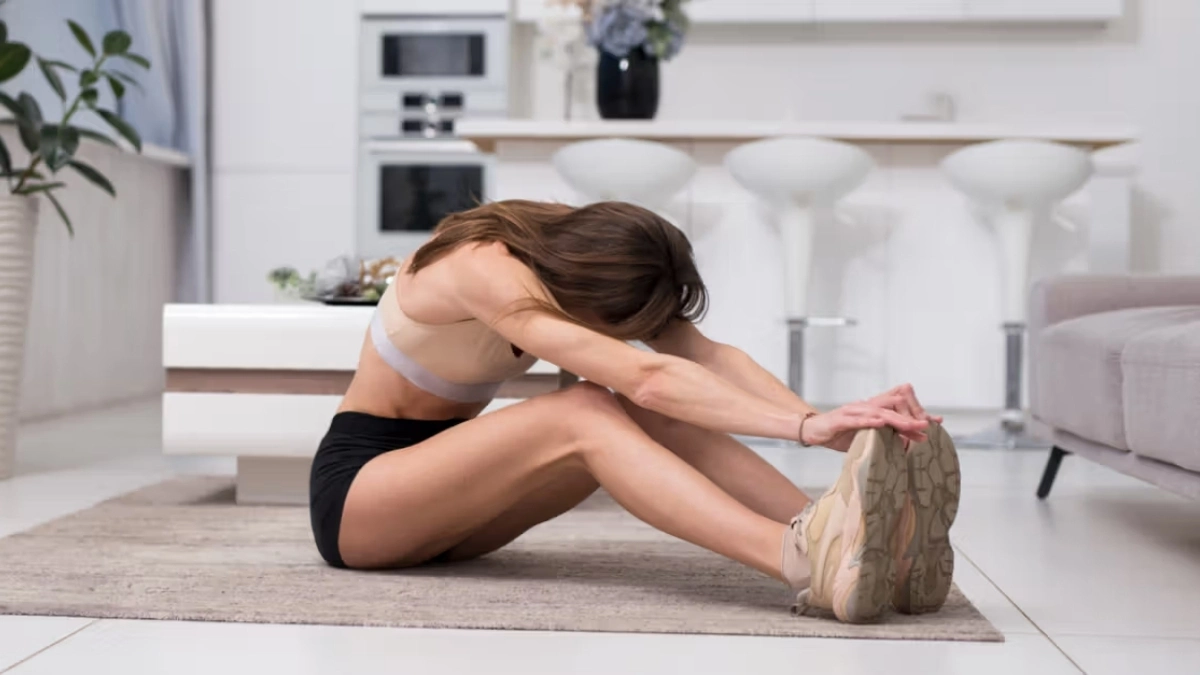
Flexibility isn’t just about movement—it’s tied to cellular health. Studies suggest stretching reduces oxidative stress, a key factor in aging. Improved circulation from stretching delivers more oxygen to cells, while gentle tension on muscles may activate longevity-linked genes.
Telomeres, the protective caps on DNA strands, degrade slower in active individuals. A 2022 study found older adults who stretched regularly had lower inflammation markers, linked to slower biological aging. This isn’t about extreme contortions; even mild stretches signal the body to repair itself.
How to perform: Sit with legs extended, hinge forward at hips (keep back straight), reaching toward toes for 20 seconds.
Tips:
- Breathe deeply to enhance oxygen flow during stretches.
- Pair stretching with hydration—well-lubricated tissues respond better.
- Avoid bouncing, which can cause microtears in stiff muscles.
The 60-Second ‘Posture Reset’ – Reverse Hunched Back & Shoulder Aging
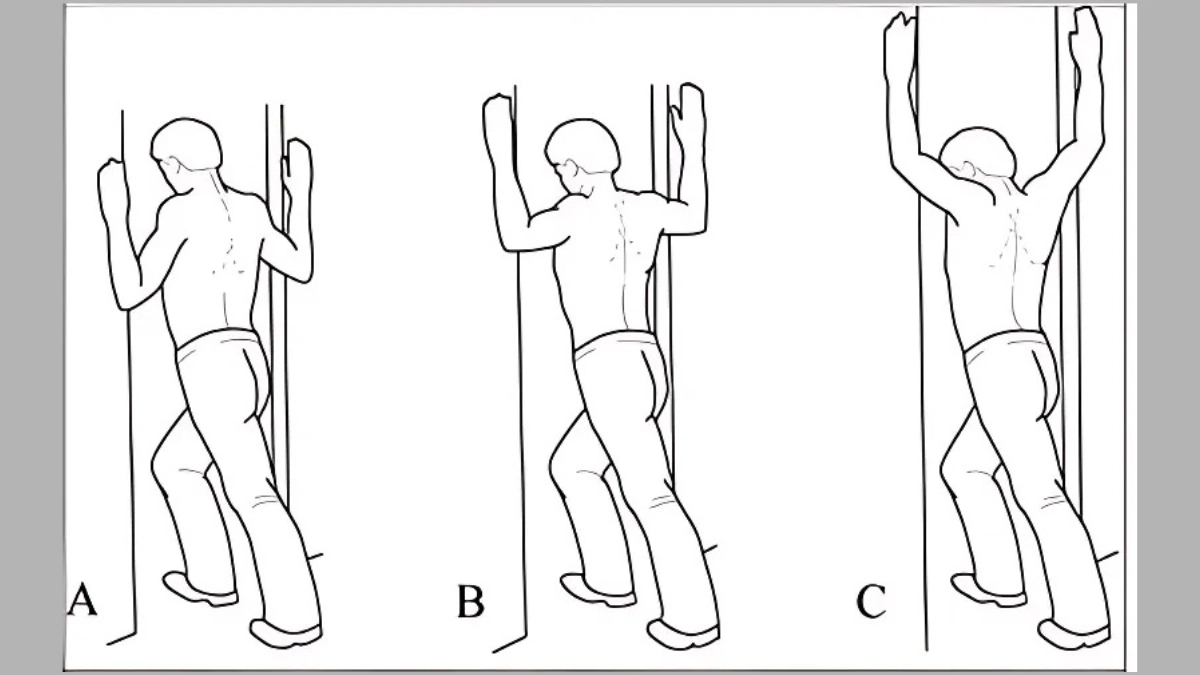
Years of sitting shorten chest muscles and weaken upper-back strength, pulling shoulders forward into a hunch. This strain accelerates spinal degeneration and restricts breathing.
A simple doorway stretch reverses the damage: place forearms on either side of a door frame, step through until a stretch opens the chest.
Holding this for 60 seconds daily rebalances muscle tension, realigning posture. Over time, it reduces kyphosis (rounded upper back) and relieves neck strain caused by forward head positioning.
How to perform: Stand in a doorway, elbows bent at 90 degrees, press palms into frame, and lean forward gently.
Tips:
- Perform this stretch after long sitting sessions to reset posture.
- Combine with shoulder-blade squeezes to activate weakened muscles.
- If shoulders feel tight, adjust arm height slightly lower or higher.
The Hip Flexor Stretch That Lowers Inflammation (Linked to Arthritis Prevention)
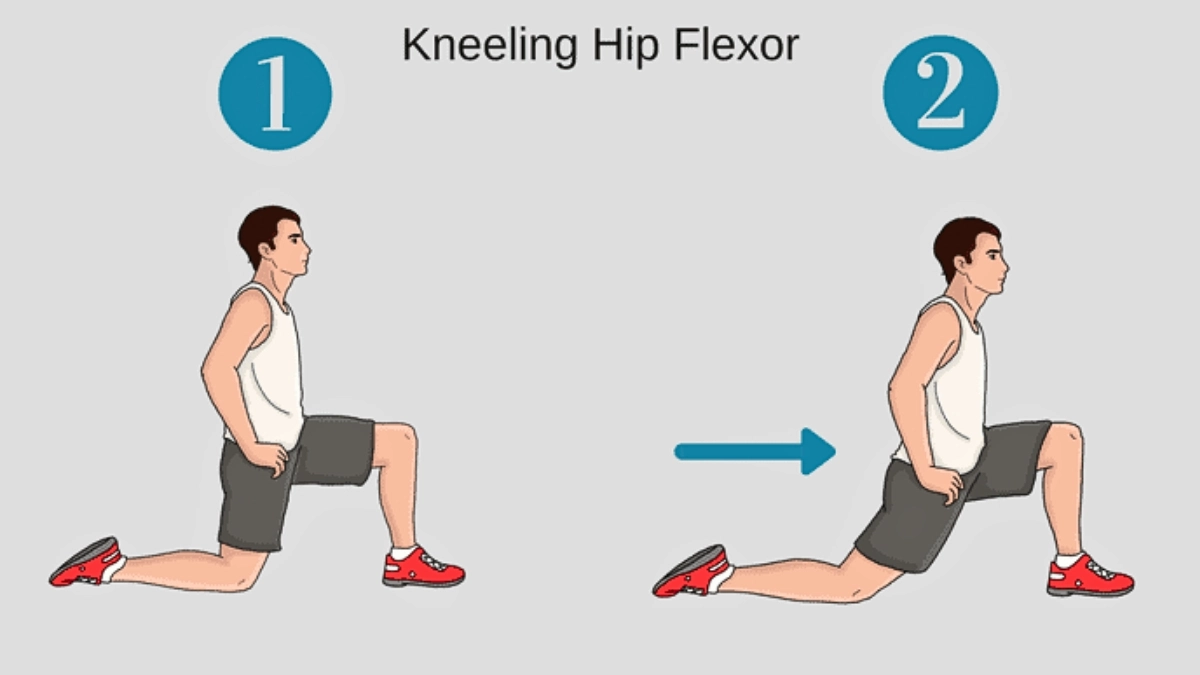
Tight hip flexors pull the pelvis forward, stressing the lower back and knees. Chronic tension here increases joint inflammation, a precursor to arthritis. A kneeling lunge stretch—one knee down, the other foot forward—lengthens these muscles, reducing pressure on joints.
Research shows improved hip mobility correlates with lower IL-6 (an inflammatory marker). For those over 50, keeping hips loose isn’t just about comfort; it’s a shield against degenerative joint changes.
How to perform: Kneel on one knee, other foot flat ahead, tuck pelvis slightly and lean forward.
Tips:
- Hold for 30 seconds per side for maximum tissue release.
- Place a cushion under the kneeling knee if needed.
- Engage core muscles to avoid overarching the lower back.
The ‘Spinal Decompression’ Stretch – Science Says It Adds Years to Your Spine
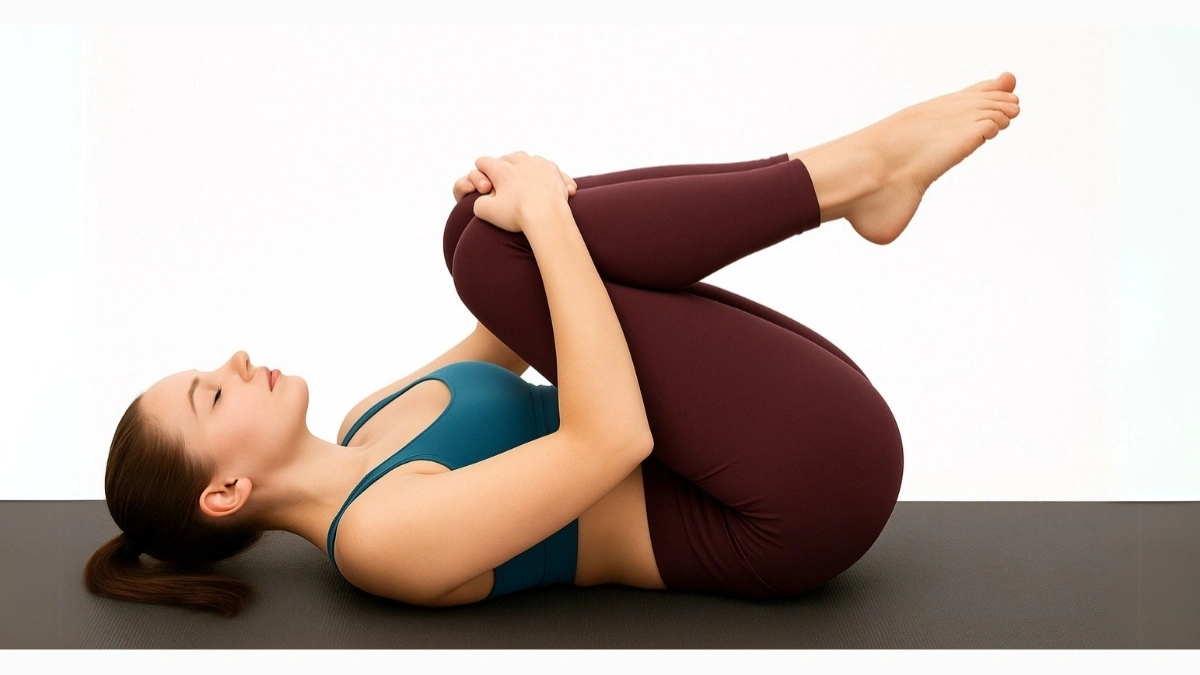
Gravity compresses spinal discs daily, contributing to height loss and back pain. A simple hang-from-a-bar stretch (or lying knees-to-chest) creates space between vertebrae, relieving pressure.
Studies show decompression stretches improve disc hydration, reducing stiffness and nerve irritation. For those unable to hang, a seated forward fold with arms extended overhead mimics the effect. Just 2–3 minutes daily can counteract decades of spinal compression.
How to perform: Lie on back, hug knees to chest, rock gently side to side.
Tips:
- If using a bar, keep feet lightly touching the ground for control.
- Move slowly—sudden jerks can strain ligaments.
- Pair with deep breathing to enhance relaxation and expansion.
The Balance-Boosting Stretch – How Stretching Prevents Falls (A Major Aging Risk)
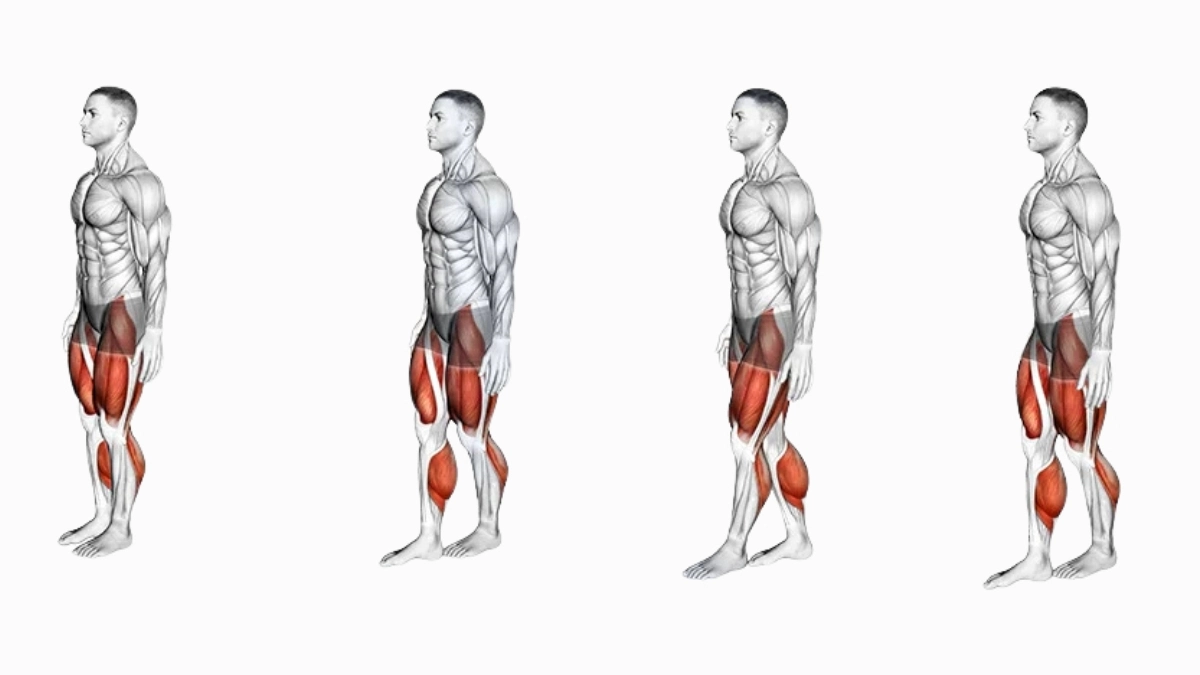
Falls become a serious concern after 50, often due to weakened proprioception—the body’s ability to sense movement and position. Tight calves and stiff ankles throw off stability, making missteps more likely.
A simple heel-to-toe walk along a straight line trains balance while stretching the lower legs. Studies show this type of movement strengthens neural connections between muscles and brain, reducing fall risk by nearly 30%.
It’s not about flexibility alone; it’s rewiring the body’s coordination system. Just 90 seconds a day can make stairs and uneven surfaces less daunting.
How to perform: Walk slowly in a straight line, placing heel directly in front of toes with each step. Arms out for balance if needed.
Tips:
- Practice near a wall or sturdy chair for support until confidence builds.
- Keep gaze forward—looking down disrupts balance reflexes.
- Add a slight pause between steps to challenge stability further.
The ‘Fountain of Youth’ Neck & Jaw Stretch – Wrinkles & Tension Relief
Facial tension and poor circulation deepen wrinkles and create that “permanent frown” many blame on aging. A seated neck release—head tilted gently to one side while reaching the opposite arm downward—loosens the platysma muscle, which pulls on facial skin.
Combined with slow jaw circles, this boosts blood flow to the face, smoothing fine lines temporarily and easing TMJ strain over time. Less tension means fewer creases and a more relaxed expression. Bonus: It counters tech-neck strain from hours spent looking at screens.
How to perform: Sit tall, tilt right ear toward shoulder, extend left arm down, hold 15 seconds. Switch sides. Then open mouth slightly and rotate jaw in slow circles.
Tips:
- Use fingertips to massage temples during the stretch for added relaxation.
- Avoid clenching teeth; keep lips parted to release jaw fully.
- Pair with deep nasal breaths to enhance oxygen flow to skin.
Additional Tips:
- Stretch daily – Consistency beats intensity for lasting flexibility.
- Breathe deeply – Oxygen fuels muscles and enhances each stretch.
- Move slowly – Avoid jerky motions to prevent strains.
- Listen to your body – Mild tension is good, sharp pain means stop.
- Hydrate well – Supple muscles need proper hydration.
- Pair with movement – A quick walk before stretching warms up tight areas.
- Track progress – Notice small wins like easier bending or reduced stiffness.
(Final Thought)
What if just 10 minutes a day could roll back the clock on your body? Science says this simple stretch routine fights stiffness, boosts mobility, and helps you move like you did years ago. Forget expensive creams or miracle treatments—your anti-aging secret is hidden in these easy, research-backed stretches.
Your future self will thank you for every second spent on this routine. Ready to feel stronger, stand taller, and reclaim your flexibility? Press play on your youth—starting now. The only thing you’ll regret is not starting sooner.

